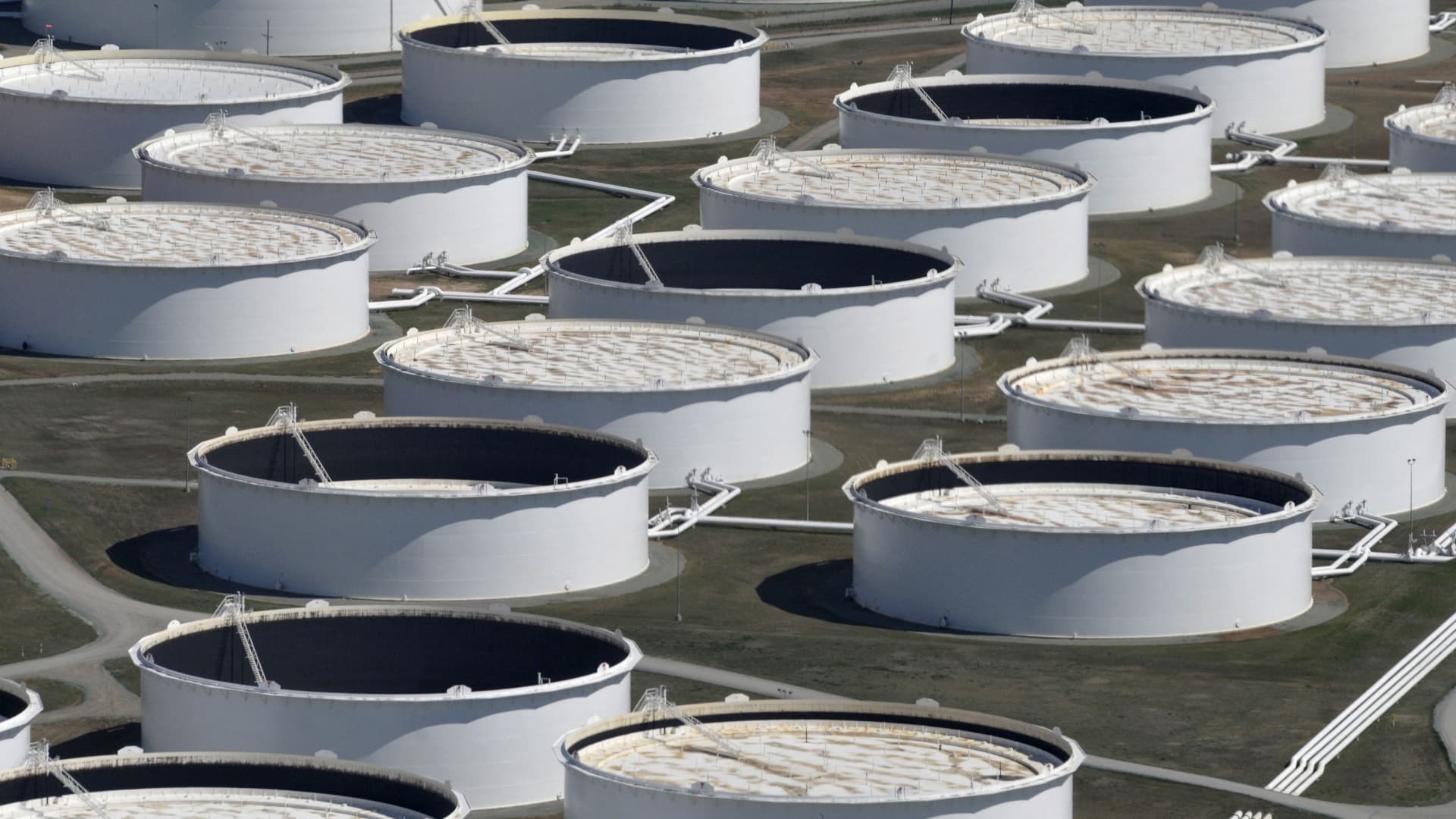Canada is set to have one of the world’s biggest green hydrogen plants

The logo of Thyssenkrupp displayed outside its offices in Essen, Germany.
INA FASSBENDER | AFP | Getty Images
A major green hydrogen project in Canada took another step forward with an engineering contract awarded to a subsidiary of German industrial giant Thyssenkrupp.
The agreement, announced on Monday, will see the green hydrogen product division of Thyssenkrupp Uhde Chlorine Engineers carry out the installation of an 88 megawatt water electrolysis plant for Hydro-Québec, an energy firm backed by the provincial government.
Electrolysis splits water into oxygen and hydrogen, and if the electricity used in the process is from a renewable source — like wind — then it’s termed “green hydrogen.”
For the project in Canada, the electricity will come from hydropower. According to the Canadian government, hydro is responsible for 59.6% of electricity generation in the country.
Thyssenkrupp said the new facility will be constructed in Varennes, Québec, and will be able to generate 11,100 metric tons of green hydrogen per year.
The hydrogen and oxygen produced by the unit — the oxygen is a by-product of the process — is set to be used at a biofuel plant to generate biofuels for use in transportation. Commissioning of the green hydrogen facility is slated for the end of 2023.
Sami Pelkonen, who is CEO of Thyssenkrupp’s Chemical & Process Technologies business unit, described the Québec project as an “excellent illustration of how important the interaction of secure access to competitive renewable energy and the use of scaled technology for hydrogen production is.”
Canada could eventually be home to a number of green hydrogen facilities. Macquarie’s Green Investment Group, for example, is part of a consortium looking to develop another major plant that would be located in British Columbia, in the west of the country.
Big plans, big backers, big challenges
Over the last few years, major firms including Repsol, Siemens Energy, Orsted and BP have gotten involved in projects connected to green hydrogen production.
The EU has also laid out plans to install 40 gigawatts of renewable hydrogen electrolyzers and produce as much as 10 million metric tons of renewable hydrogen by the year 2030.
At the moment, however, the vast majority of hydrogen generation is based on fossil fuels, which in turn has an effect on the environment. The IEA has said that hydrogen production is responsible for roughly 830 million metric tons of carbon dioxide each year.
It’s within this context that the idea of green hydrogen is so attractive, although its role in the overall energy mix is small and accounts for just 0.1% of worldwide hydrogen production in 2020, according to Wood Mackenzie.
Green hydrogen is also expensive to produce, but an August 2020 report from Wood Mackenzie said costs could fall by as much as 64% by the year 2040.




